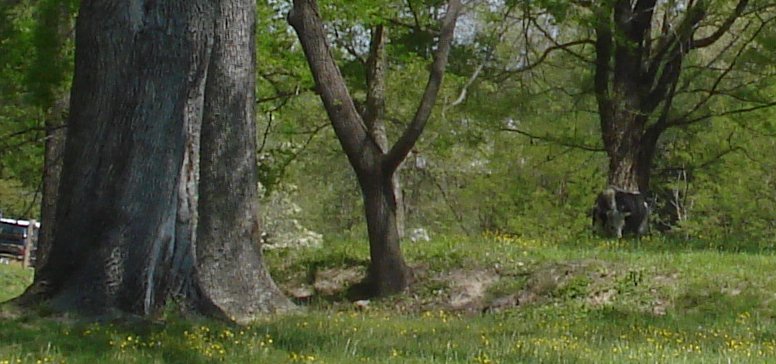We have to be in on the takeoff. Too often we are just there for the crash landing. A lot of policies that affect forestry are made w/o significant input from anybody who works in forestry or even understands it. I thought about this during the VFA convention and it was reinforced today when I saw this article from Scientific American. I commented under “Broadnax” but in case you don’t want to follow the link, let me sum up.

The article starts with an ecological dilemma: paper or plastic. I understand that, but then they talk about deforestation … in paper. A person involved with forestry knows this is a complicated issue. Most paper comes from pulp wood. In the U.S. these are often small trees thinned from larger forests. The thinning, as in your flower or vegetable garden, allows other plants to grow stronger and better. In the case of a forest, it also lets light reach the ground so that herbaceous plants can grow, making it a better wildlife habitat. If/when there is low demand for pulp, forest owners cannot afford to thin. This means that the forests get too thick, where they are susceptible to fire and beetle damage and where the forest floor becomes a bit of a wildlife desert.
The irony is that by NOT using paper, you may be contributing to deforestation by making forests less healthy and more prone to disease and general destruction. Ecology is a funny thing with all its counterintuitive connections and implications.

Above – there is no garden w/o a gardener.
So a lot depends on WHERE the product comes from as well as what it is made of and how that product gets to market. Wood is a carbon sink, so forestry removes carbon from the air, while (if done as it should be) providing wildlife habitat, clean water, recreation and better air quality. IF your paper or wood product comes from an American forest, you are probably NOT contributing to deforestation and may well to encouraging the growth of healthy American forests.
The concept the SciAm article handed well was the ecological chain. (They just missed some of the key links with regard to forestry. ) You have to look at the whole lifecycle of the product from the time it is mined, drilled or grown in the earth until the time it goes back. Wood does very well in this respect.
Wood is not 100% recyclable in most products. It is something better. Wood is 100% renewable.
Well, I am not exactly accurate re recyclable. While may not be recycled into other human products, wood is the ultimate recyclable material, since when it stops being a product useful for humans, it returns to the soil and fertilizes the next generation of trees. I will say more about the ecological value chain tomorrow and make some comparisons.
